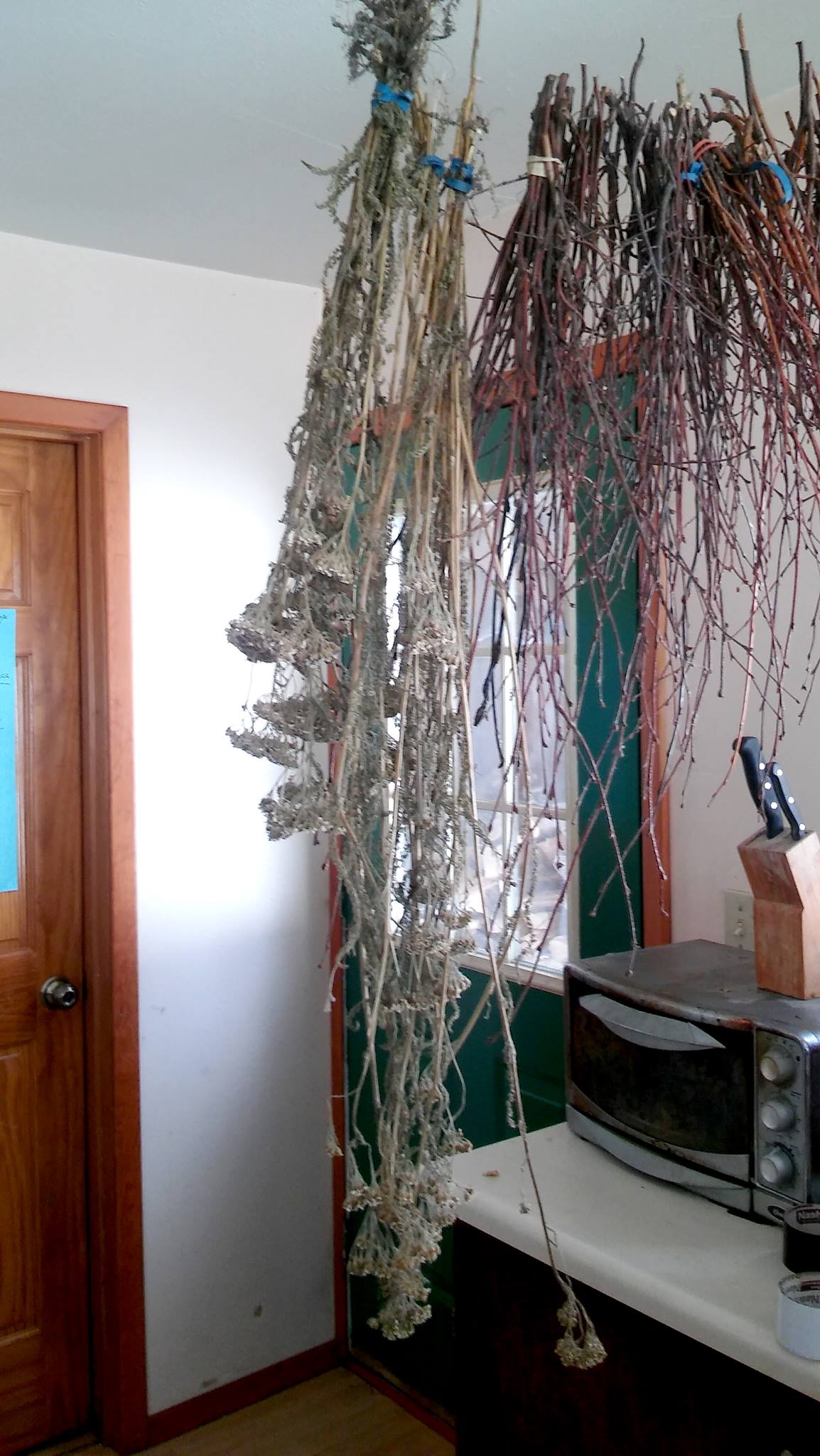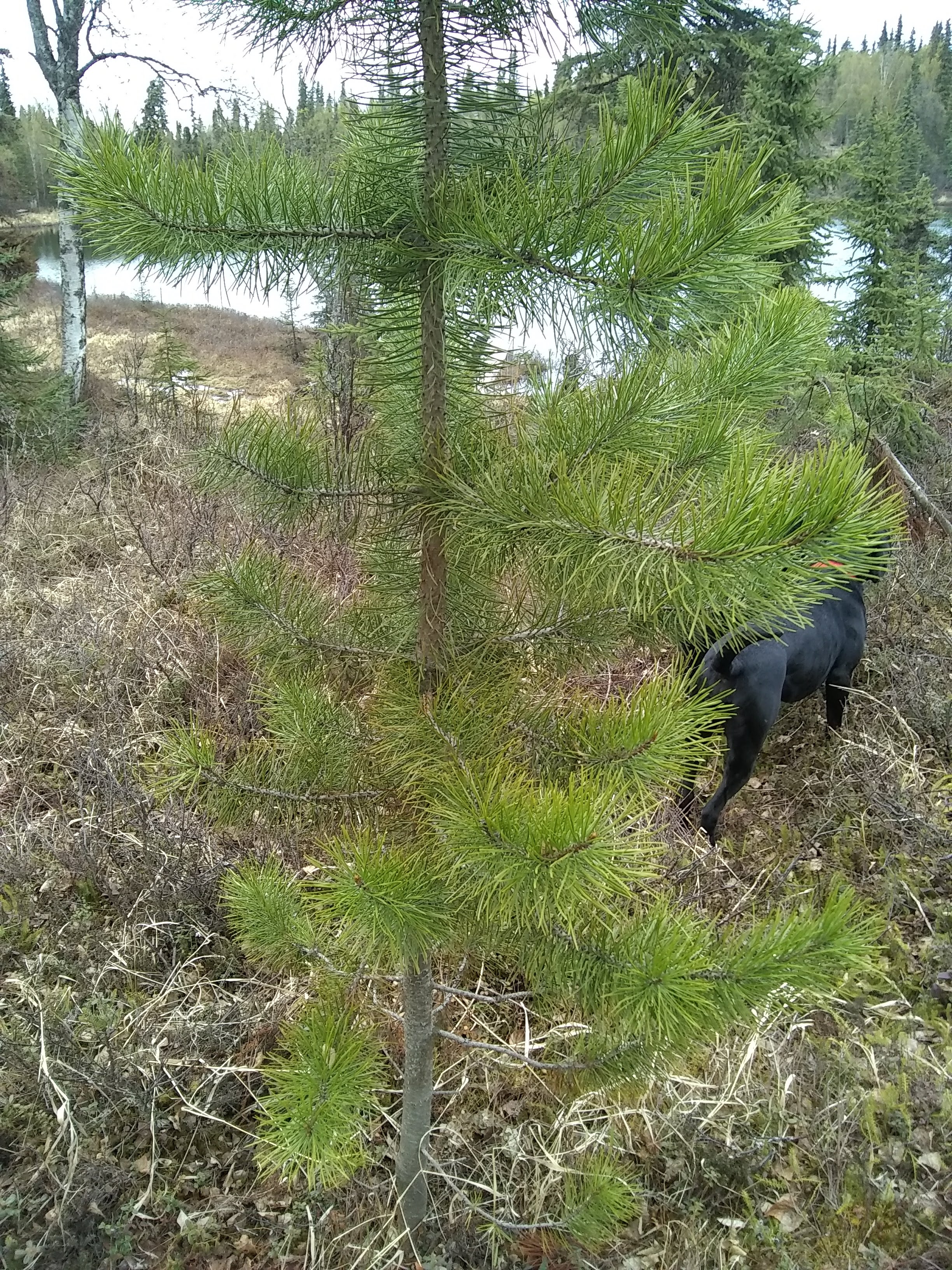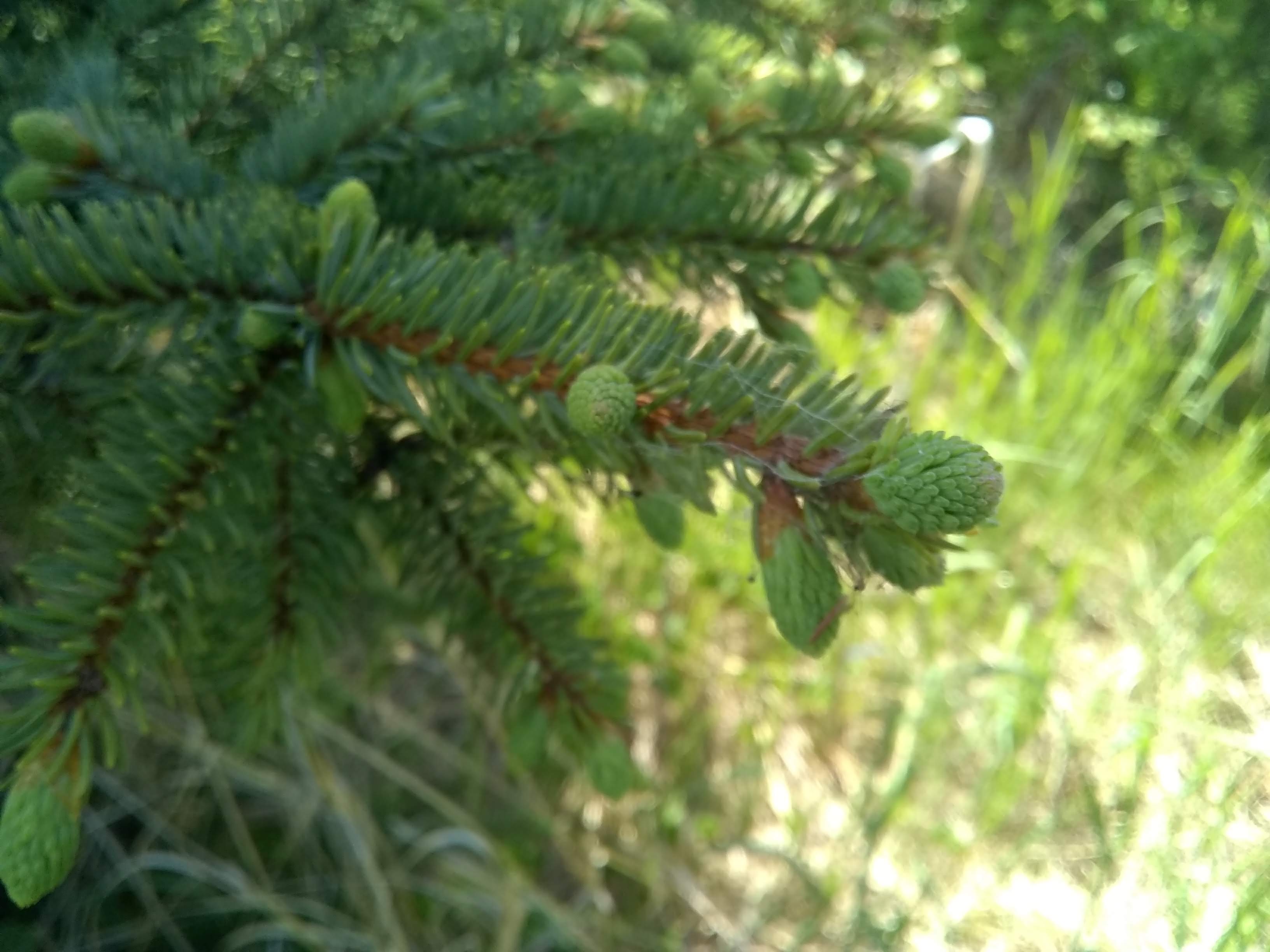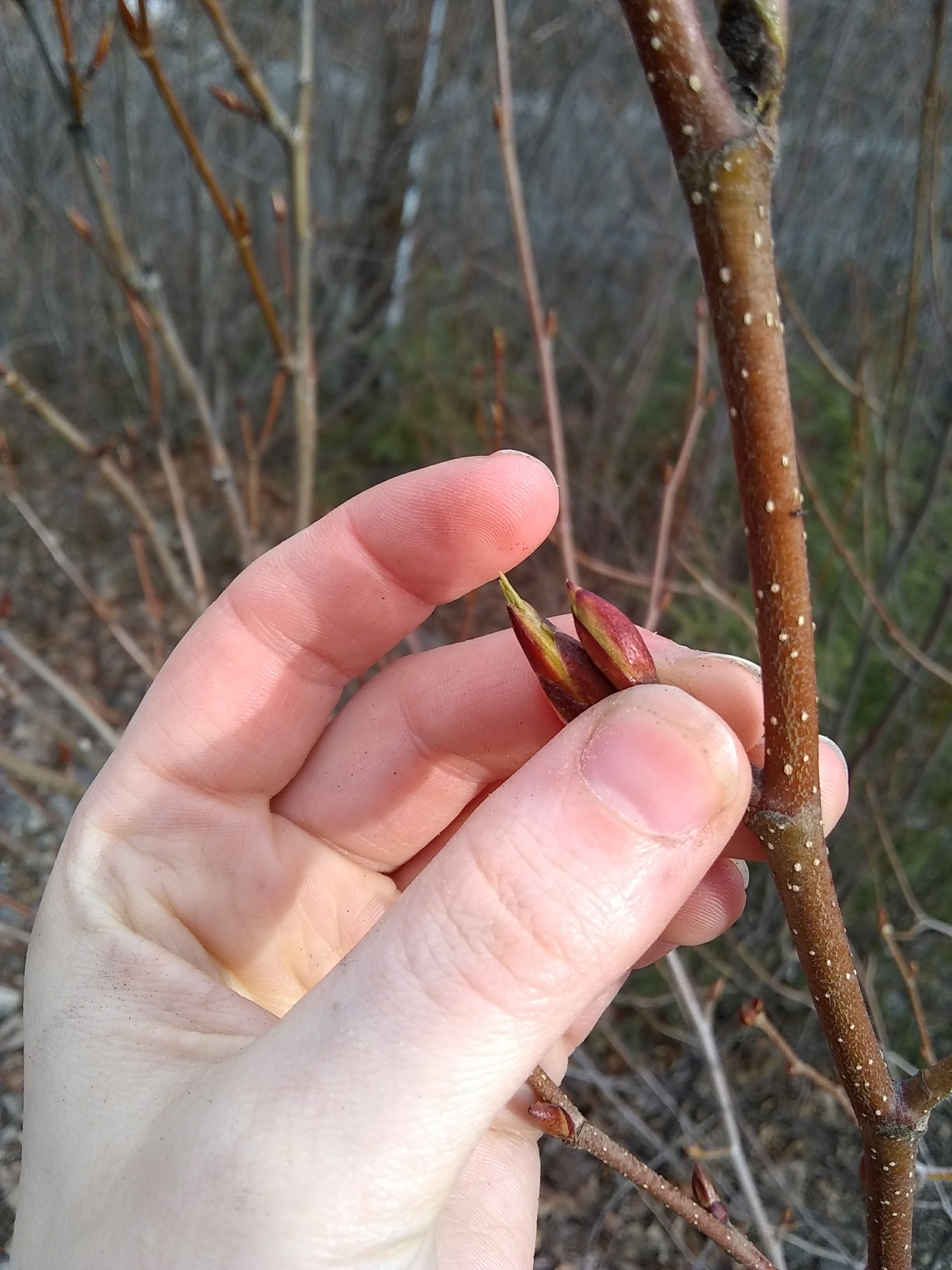Drying herbs is an effective way to store any herbs you harvest and keep their potency. Here is a basic rundown:
You want the herb to look as close to the original live plant as possible. This includes how it feels, smells and tastes as well. However, I have found that if you dry it properly, the smell can be more powerful.
You want to start drying as soon as you get home. Otherwise you will lose the precious medicinal properties you are wanting to preserve. It is important to not dry the herb too fast or too slow. If you dry it too fast, you will lose the medicinal properties. A lot of times you will see commercially dried red clover and it looks pale or brown. That is because it was dried too fast and means that medicinally it will not be as potent. This can also be caused if the herb is past its prime, meaning that it has been on the shelf too long. If you dry the herb too slow, you risk it molding, which no one wants. So, it is important that there is enough air-flow when drying herbs.
You will want to find a shady spot, with good air circulation and little to no exposure to sunlight. The air circulation is important if you live in a humid area, especially at night when things tend to get more humid. The humidity can cause the herb to rehydrate and restart the decomposing process which ruins the herb for medicinal purposes.
Proper handling of the herb from when it is picked to when you are preparing it to dry is also important. Some plants need to be handled very delicately so you do not bruise the leaves.
You can use either racks, hang them from wires or use a dehydrator if you have access to one. For full plant drying of plants that are lighter weight, I like to hang them upside down, as in the case with Yarrow. If it is just the leaves, berries, or bark I prefer the drying racks. If you are going to be drying berries or smaller sized plants, a screen works better than the regular cookie cooling racks. If you use a dehydrator, whether commercial or homemade, make sure that the temperature is correctly between 85* to 100* F(30* to 40* C). The temperature will also depend on the plan, so you may have to play around with it. Now, let me stop you before you start thinking “I could use my oven or microwave!” You do not want to use this method because it is too difficult to control the temperature and if someone else wants to bake cookies then turns it up to 375°…you’re sunk.

Once your herbs are sufficiently dried (the will be brittle to the touch and look pretty close to the original plant), you will want to immediately store it. If you leave it too long, it will start to lose its potency, gather dust and cobwebs.
Thanks for reading. Look forward to next week when I will answer a question that was posed in my class: Is there any truth to wormwood being good for cancer.




